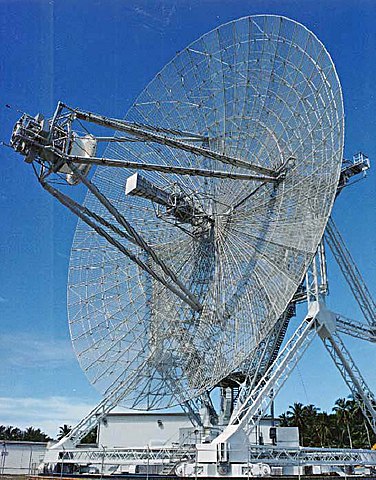Exploring radar and instrumentation data for UFO phenomena is a critical aspect of scientific investigation into unidentified flying objects (UFOs). Radar and instrumentation data can provide valuable information about the physical characteristics and behavior of UFOs, helping to separate genuine unexplained phenomena from misidentifications or natural phenomena. Here’s how radar and instrumentation data are utilized in UFO research:
1. Radar Tracking:
- Radar systems are capable of detecting and tracking objects in the sky, including those that might not be visible to the naked eye. UFO researchers analyze radar data to determine the speed, altitude, direction, and flight patterns of unidentified objects.

- Radar data can help corroborate eyewitness testimonies and provide an objective record of UFO sightings.
2. Multiple Radar Sites:
- When radar data is collected from multiple sites simultaneously, it can provide triangulation and a more accurate determination of the location and movement of a UFO. This can help rule out errors or anomalies in a single radar system.
3. Instrumentation Data:
- Beyond radar, other instrumentation data can be relevant in UFO investigations. This includes data from weather instruments, seismic sensors, and other scientific equipment that might record unusual atmospheric or environmental phenomena associated with UFO sightings.
4. Military and Aviation Records:
- Governments and military organizations maintain records of radar contacts with UFOs. Declassified military records often contain valuable information about encounters with unidentified aerial objects.
5. Analysis of Flight Characteristics:
- Radar data can reveal flight characteristics that are inconsistent with known conventional aircraft. For example, extreme acceleration, rapid changes in direction, or hovering capabilities may suggest unconventional propulsion systems or technologies.
6. Radar Cross-Section (RCS) Analysis:
- RCS analysis helps determine how detectable an object is by radar. Advanced military aircraft often employ stealth technology to minimize their RCS and become less visible to radar. UFOs that exhibit low RCS might suggest advanced technology.
7. Data Correlation:
- UFO researchers seek to correlate radar and visual sightings. When radar data matches eyewitness accounts, it lends credibility to the UFO report. Conversely, disparities between radar and visual data can raise questions about the nature of the sighting.
8. Debunking Natural Phenomena:
- Radar data is crucial for debunking sightings caused by natural phenomena, such as atmospheric anomalies, weather balloons, or flocks of birds. By analyzing the radar data alongside the visual reports, investigators can determine whether a sighting has a conventional explanation.
9. Challenges and Limitations:
- Analyzing radar data for UFO phenomena can be challenging due to noise, technical limitations, and the possibility of equipment malfunctions. Researchers must carefully consider these factors when evaluating the data.
In summary, radar and instrumentation data play a crucial role in UFO research by providing objective and verifiable information about the behavior and characteristics of unidentified aerial objects. When analyzed alongside eyewitness testimonies and other evidence, radar data can contribute to a more comprehensive understanding of UFO phenomena and aid in distinguishing genuine unexplained sightings from misidentifications or natural phenomena.











